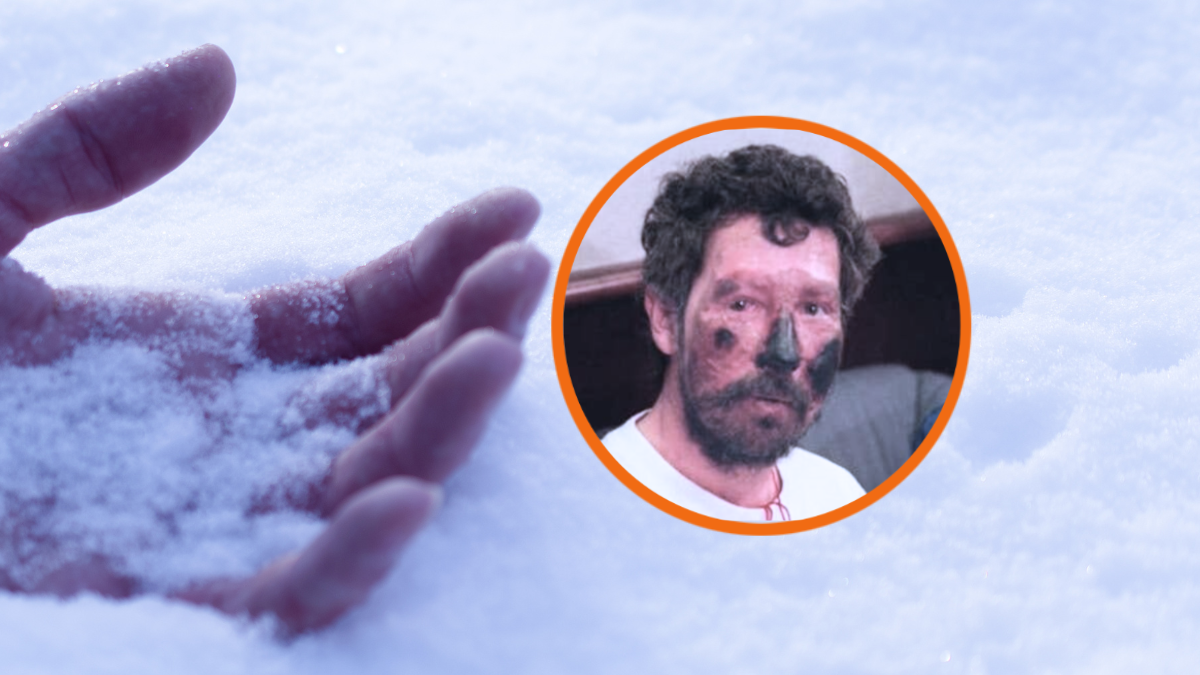 BREAKING
BREAKING
Man Left for Dead on Mount Everest Staggers Back into Camp Frozen Solid — Spends Night Screaming Into Blizzard and Lives to Tell the Tale
In one of Mount Everest’s most chilling survival stories, climber Beck Weathers was left for dead after a storm but miraculously staggered back to camp—frozen solid, face blackened, and screaming into a blizzard. His brush with death would later save his marriage and redefine his life.
<h2>Man Left for Dead on Mount Everest Survives the Impossible</h2> Each year, Mount Everest claims new victims drawn by ambition and adventure. Yet few stories rival the miraculous survival of Beck weathersBeck Weathers — the Dallas pathologist who was left for dead high on the mountain, frozen solid, and somehow lived to tell the tale.
In May 1996, Weathers joined an expedition led by veteran mountaineer Rob Hall. The climb began in good weather, but soon the mountain turned lethal.
<h2>The 1996 Everest Disaster: A Deadly Storm Above the Death Zone</h2> On **May 10, 1996**, climbers were ascending toward the summit when an unexpected **blizzard** struck, one of the deadliest events in Everest’s history. Weathers, suffering from vision problems caused by prior eye surgery, was ordered by Hall to wait on the trail while others continued upward.
As conditions worsened, rescue became impossible. Weathers was later abandoned amid hurricane-force winds and temperatures plunging below –40°C. Other climbers assumed he had perished.
<h3>A Night of Agony and Survival</h3> Hours later, in one of mountaineering’s most unbelievable moments, Weathers regained consciousness. Half-frozen and disoriented, he realized he was alone in the dark blizzard.
“If I don’t stand, if I don’t start moving, this is going to be over very quickly,” he recalled.
Through unimaginable pain, he staggered back toward camp — skin porcelain-white, limbs frozen, face blackened by frostbite. His teammates were horrified:
“This man had no face,” one climber said. “It was completely black, like it had a crust over him.”
Believing his survival impossible, rescuers placed him in a tent to die peacefully through the night. By morning, incredibly, Weathers was still alive — coherent and pleading for help.
<h2>Rescue Against All Odds</h2> Weathers’ eventual evacuation marked one of the **highest-altitude medical rescues in history**. A helicopter carried him from near Camp II down to safety — a feat nearly impossible in thin air conditions.
He lost his right arm, all fingers on his left hand, his nose, and parts of both feet to frostbite. But he lived.
In contrast, eight climbers perished during the 1996 disaster, including his guide Rob Hall, immortalized later in books and the film Everest (2015).
<h2>From Tragedy to Transformation</h2> Despite unimaginable loss, Weathers found redemption in his survival. His near-death experience mended a broken marriage and rekindled family bonds.
“I gave up some body parts, but I got back my marriage and my relationship with my kids. Every pain and misery was worth it,” he said.
His ordeal now stands as both a cautionary tale and an inspiration, reminding climbers that Everest’s beauty hides a deadly truth — nature’s mercy is rare at 8,000 meters.
<h2>Everest’s Warning to the World</h2> As the mountain continues to lure thrill-seekers, Weathers’ story underscores the fine line between human endurance and fatal ambition. With expeditions costing up to **$90,000 per climber**, Everest remains both a dream and a deathtrap.
Perhaps, as some say, it’s time we let Everest rest.
Weather Update: Severe blizzard, wind gusts 160 km/h, −40°C
Peak Altitude: 8848 m
Risk Level: High
Expedition Info: 1996 Rob Hall–Adventure Consultants Expedition